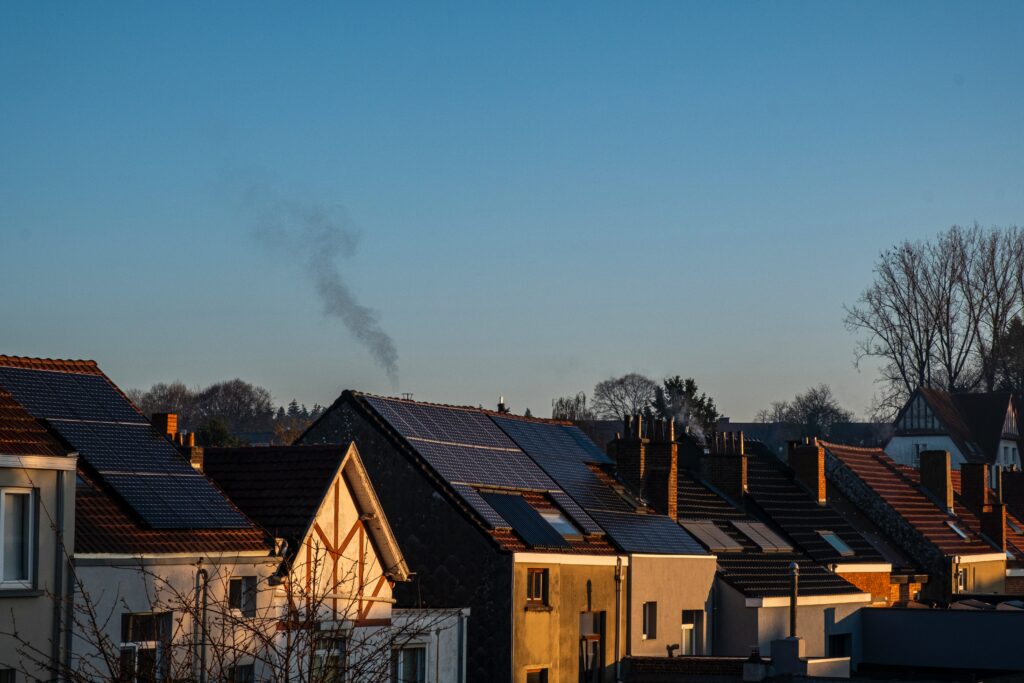Here in the UK just the energy used in UK homes alone produces 14% of the total UK greenhouse gas emissions (1). Many of us own leaky, old, inefficient and expensive to heat homes. So it’s definitely a big hitter when it comes to what we can do to reduce climate emissions.
Here’s a quick list of the improvements that are up for consideration then. Some of these are not often talked about, and I’ll try and get the obvious ones out of the way first. Skip on or read, as you feel!
Don’t insult me with the insulation thing
The insulation thing has generally been done to death, and I feel people are sick of being told to insulate their lofts. I don’t even own a loft, and insulating the rest of the house has been far from straightforward. Many other people will be in the same position. In spite of this, insulation upgrades remain a big positive not just for the climate but also for the bank balance and general living standards, so should be high on the list of actions. I’ll write a separate post about my personal and – ahem – joyful experience of upgrading the insulation in an old British Edwardian era house separately very soon.
Eco-bling? Yes please!
For houses that are reasonably energy efficient, there opens up a whole world of getting shiny things to reduce costs and climate footprint. These include solar PV panels to generate electricity, batteries for storage, and heat pumps to replace oil, gas, coal, and/or wood for heating space and water at home. All of these things will put a significant dent into your climate footprint, so are well worth considering, if you can afford the up front costs. Government support for all these things has been poor to non-existent to date, and that is really where the big improvements are needed. the technology itself is fantastic, and will only improve as more people take it up.
Occupancy
Developing the climate calculator for Three By 30 really brought home what a difference occupancy levels in a house makes to the overall climate footprint. It’s obvious really: a 4 bedroom house costs essentially the same to run, whether there is one person living it, or six. But the climate footprint is shared 6 ways, so is much, much lower.
So if you are living in a very large house, or have numbers of rooms you don’t inhabit, then it might be worth considering getting some additional inhabitants. Or maybe even rightsizing? It’s clearly a personal decision, and will depend on a host of personal considerations, but it could be well worth while looking at it anew, as there are a lot of potential climate and financial benefits to be had.
(1) https://www.theccc.org.uk/publication/uk-housing-fit-for-the-future/
